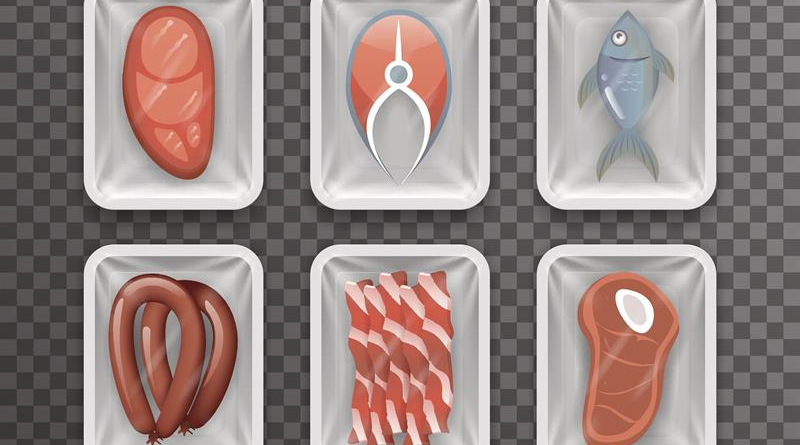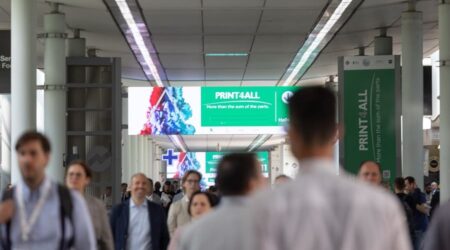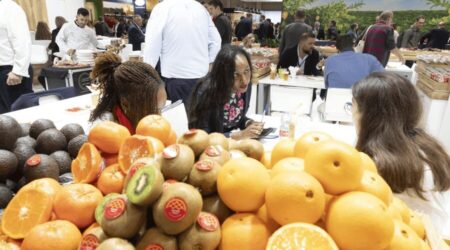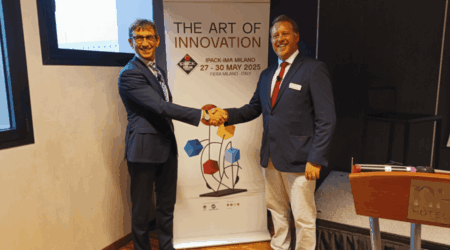Thinner is more sustainable – Foodstuff packaging gets lighter and lighter
Indice
Packaging performs an essential service where foodstuffs are concerned. Over the years, technical advances have substantially reduced the amount of material required.
Foodstuffs would not survive without packaging. Packaging protects the contents against harmful influences and ensures a longer shelf life, in addition to food safety. Thanks to the latest packaging materials, these requirements can now be fulfilled with much less material than a few years or decades ago. Packaging designers have succeeded in developing packaging from thinner and thinner material, while improving its protective function. According to the Gesellschaft für Verpackungsmarktforschung (Society for Packaging Market Research, gvm), plastic packaging consumption has decreased by 35 percent compared to the state of the art in 1991. And in that same period, according to IK Industrievereinigung Kunststoffverpackungen (the Plastic Packaging Industry Association), packaging has become 25 percent lighter. Increases in material efficiency in plastic packaging since 1991 resulted in a saving of around 2.6 million tonnes of CO2 in 2013, gvm reports.
This was made possible by reducing wall and film thicknesses, improved material properties, and optimised shaping and processing techniques. Despite increased demands on packaging such as re-sealing and divisibility into smaller units, it was still possible to save materials. The same applies to drink cans made of tinplate, for example, which are now 60 percent thinner than in 1974.
Downgauging turns less into more
Thinner film solutions have reduced the use of resources for flexible packaging of the kind specifically used for foodstuffs. “Downgauging” is the umbrella expression for measures in this area. Briefly, it means turning less into more. Maximising efficiency without compromising on quality. In practice, downgauging refers to the process of replacing a traditional thicker film with a thinner film that offers better performance. The providers of films and packaging machines represented at FachPack demonstrate time and again that they are devoting maximum effort to this task. The advances they are making in packaging design now make it possible, for example, to pack fresh products like meat and fish in skin packaging that uses much less material. The products are placed on a tray that is then sealed with a skin film. Just by switching its ready-packaged poultry range to this type of packaging, discount retailer Netto aims to reduce its plastic waste by up to 13 tonnes per year. The company reports that, compared to traditional plastic trays of the same size, the very thin, airtight skin film should achieve a saving in packaging material of up to 60 percent.
Weighing up the alternatives
Other adjustments in addition to using thinner materials can be used to cut down material consumption. For example, manufacturers can adjust the size of packaging to save unnecessary space. Practical refilling solutions are also available in the case of foodstuffs that are bought in for stock. Refill packaging is subject to fewer functional requirements, or larger formats can be used. Appropriate designs for sponsor packaging can boost customer loyalty at the same time. Traditional examples in this area are salt and spices.
If the ability to cut down on materials reaches its limits, consideration should be given to replacing particular materials with solutions with a lower impact on resources – if this can be done without compromising on their protective function. Possible strategies here include replacing plastic with fibre or paper trays. Alternative combinations of materials with organic plastics could also help to cut down on material consumption. These measures come under the heading of eco-design, and include a comprehensive analysis of the environmental impacts of packaging.
Green as a design principle
The all-encompassing approach represented by eco-design goes beyond primary packaging to include secondary packaging, product logistics and also recycling. Especially in the context of Germany’s new Packaging Act, there is increased pressure to further optimise packaging design and improve recyclability. Eco design has progressed in the meantime from a niche to a mainstream topic in development departments. Even before the new Packaging Act was introduced, designers were aware that even minor reductions in materials can add up to big savings across large sales volumes. In this connection it is not only the material that plays a key role. More can also be achieved by drawing on technical innovations. When cutting out top films, for example, a tighter pattern – if the film properties will allow it – can help to reduce film consumption.
The PackBox Forum at FachPack 2019 will include a presentation of the latest research results and practical applications of green packaging design. Dr Isabell Schmidt, Managing Director, IK Industrievereinigung Kunststoffverpackungen, for example, will deal with this theme in depth in her presentation on the guide “Eco Design of Plastic Packaging” on 24 September 2019.












